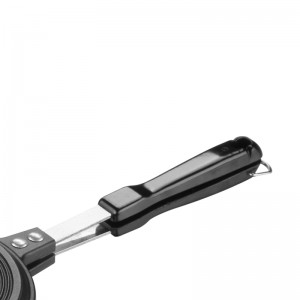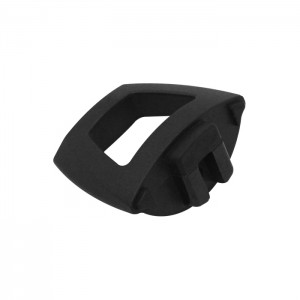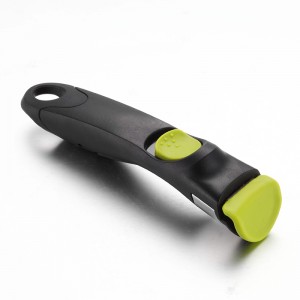Sauce Pot Steel Handle Parts: The Unsung Heroes of Kitchen Durability
While the gleaming pot itself often grabs attention, the steel handle parts are the critical, often overlooked components that transform a simple vessel into a functional, safe, and enduring kitchen workhorse – especially for sauce pots frequently subjected to heat, weight, and constant handling.
- 1. Secure Attachment & Weight Bearing: They provide a robust physical connection between the handle itself (often coated or made of a secondary material for grip and heat insulation) and the pot body. This connection must withstand the significant weight of a pot filled with dense sauces, boiling liquids, or braising ingredients, often lifted repeatedly. Steel, with its high tensile strength, is ideal for this structural role.
- 2. Heat Management & Safety: Pots simmering sauces generate intense heat. Steel handle parts act as conductors and structural anchors. While the main gripping surface is usually designed to stay cool (using insulating materials like phenolic resin handle, silicone handles, or hollow designs), the steel components attaching it to the pot must endure and dissipate this heat without weakening. Their design ensures the heat travels predictably, keeping the user-safe zone effective.


Key Characteristics of Quality Steel Handle Parts:
Material Grade: High-quality pots typically use stainless steel (e.g., 18/10, 18/8, or robust 430 grade) for handle parts. This ensures:Robust Construction: Parts are often riveted, welded, or screwed securely to the pot body. Rivets are common, needing to be substantial and smoothly finished to prevent loosening over time. Welds must be clean, strong, and resistant to thermal fatigue.
Corrosion Resistance: Essential for withstanding steam, splashes, dishwashing, and acidic sauces without rusting.
Strength and Rigidity: Maintains structural integrity under load and heat stress.
Hygiene: Non-porous and easy to clean.
Design Integration: The shape and attachment points are engineered for:Durability: They must resist bending, warping, or cracking under repeated thermal cycling (heating and cooling) and mechanical stress (lifting, scraping, bumping).
Balance: Ensuring the pot feels stable when lifted, even when full.
Leverage: Providing a comfortable and efficient grip angle for pouring and maneuvering.
Cool Zone Preservation: Integrating effectively with insulating materials to minimize heat transfer to the user's hand.


Types of Handle Parts & Integration:
- Solid Rivets/Bolts: The most traditional and robust method. Steel rivets pass through the pot wall and the handle core, mechanically clinched for a permanent, strong hold. Bolts with nuts (often hidden) offer similar strength and are sometimes used for replaceable handles.
- Welded Lugs/Plates: Steel mounting plates or lugs are welded directly onto the pot body. The handle core (often containing insulating material) is then securely attached to these lugs, sometimes via screws or secondary rivets. This creates a strong base point.
- Handle Core Structure: Inside the visible, often plastic or coated handle lies a steel core or skeleton. This core is the actual structural element that connects to the rivets or lugs on the pot. The outer material provides insulation and grip, but the steel core bears the load.










